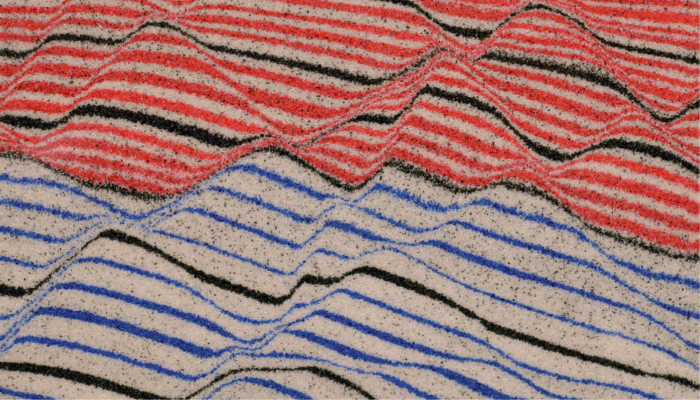This weeks post is all about the importance of boundaries. Plate boundaries that is. Jean-Christophe Wrobel-Daveau and Graeme Nicoll tell us why we should care where plate boundaries are and how they evolve through time, when attempting to reconstruct past plate motions. Global plate tectonic models are an incredible way to synthesise geological knowledge to gain both direct and indirect insight i ...[Read More]
Carbon in the cloud
If I asked you about what your carbon footprint is, your mind might jump to the food choices you make when at the supermarket, or how many conferences you fly to when you could get a train (well, not now, but you know, back in ye olden days). In this week’s post, Eoghan Totten, a PhD student at the University of Oxford, discusses the potential “hidden” impacts on your contributio ...[Read More]
Thinking inside the (sand)box
Ahhh analogue models… Those beautiful little (or not so little) worlds inside a box, captivatingly beautiful, impossibly detailed… (sorry, getting carried away, am I?). This week, Alex Hughes gives us the insider’s report on what actually goes on in analogue modelling labs when the “Experiment running, do not disturb!!” sign is on the door. Analogue models have been a ...[Read More]
What can we learn from geodynamic failure?

In this week’s post, Mohamed Gouiza discusses the challenges of living under constant stress, paralysed by the possibility of failure and self-perceived inevitability of impending breakup. Continental rifting, of course! Oh… did you think I was talking about life as a researcher? Under tensile stress, the lithosphere stretches, the asthenosphere rises, the crust fails, and rifts form. During this ...[Read More]



